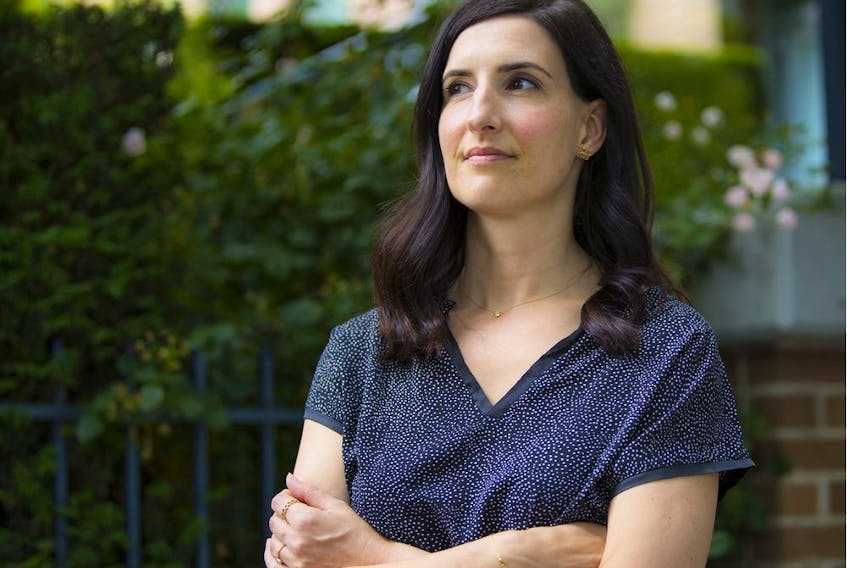Kira Lynne has seen some dark times.
A one-time paralegal, she has experienced migraines, fibromyalgia and pelvic pain to varying degrees since she was a teenager.
“I saw doctors here and there, but they just said there wasn’t much they could do,” she said.
She managed her pain with over-the-counter medication, a lot of it. But by her mid-30s, she developed a bladder condition that triggered a crescendo of all her conditions — including chronic fatigue — and made it impossible to continue working.
“It was a perfect storm that just kept growing and growing,” she said. “When one pain increased, the others would too. When the bladder got worse, the headaches and shoulders would, too, and then the fatigue would worsen in a downward spiral.”
Lynne left her job — “I was crying at my desk all day” — and retrained as a counsellor, but that didn’t end her troubles.
A new flare-up left her bed-ridden and unable to work, so she moved back in with her father and began a battle with depression.
Lynne’s story is all too common. One in three Canadians is currently experiencing pain that has lasted longer than three months, according to a new survey of more than 2,100 adults by the Angus Reid Institute in partnership with PainBC .
For many people, relief is possible, said Lynne. But the interrelatedness of her conditions meant taking multiple approaches and even retraining her nervous system.
“I made connections with new doctors and found some new medication and new therapies based on new neurological research, so things are on the upswing,” she said. “You have to keep going back to your doctor and telling them it still hurts.”
Access to a broad array of pain treatments — opioids, non-opioid medications, physical therapy, and psychological counselling — are important to recovery, said Maria Hudspith, executive director of PainBC.
“We know that the broad array of treatments are not available to the vast majority of Canadians, so we see an over-reliance on medication when the evidence tells us that’s probably not going to be effective,” she said.
The numbers tell a dark story about the lives of millions of people. Among the survey’s findings for people who have chronic pain:
• 83 per cent say pain prevents them from doing everyday activities;
• 57 per cent say pain contributes to depression and anxiety;
• 23 per cent say life isn’t worth living;
• 64 per cent would seek better treatment, if they could afford it.
More than three-quarters of people who report being in chronic pain say it has lasted more than three years, and for 29 per cent it has lasted more than a decade.
A strong majority of pain sufferers are worried about the health effects of using opioids to manage pain and more than 40 per cent either limit their use or avoid them altogether. And doctors seem less inclined to offer opioids to their patients — about 37 per cent of people in chronic pain say they have had trouble getting opioid medications because of concerns they might abuse the drugs.
“The pendulum has really swung back on opioid prescribing and how people view opioids,” said Hudspith. That means a lot of people aren’t getting prescribed enough medicine, or they are denying themselves treatment out of fear.
Women and people over 45 are more likely to report being in chronic pain, as are those with a household income below $100,000.
While some provinces provide broad coverage for conventional pharmaceuticals and medically required therapy following an injury, B.C.’s Medical Services Plan offers supplemental coverage for acupuncture, massage therapy and chiropractic treatment mainly to people on income assistance and people eligible for MSP premium assistance.
For those who qualify, MSP pays $23 per visit to a limit of 10 visits per year, according to the provincial government.
The vast majority of Canadians agree that more pain treatments should be covered by the public health care system, including pain clinics and more coverage for medication, according to the survey.
About 68 per cent said that increasing coverage for the cost of medicinal cannabis is probably or definitely worthwhile.
Copyright Postmedia Network Inc., 2019









